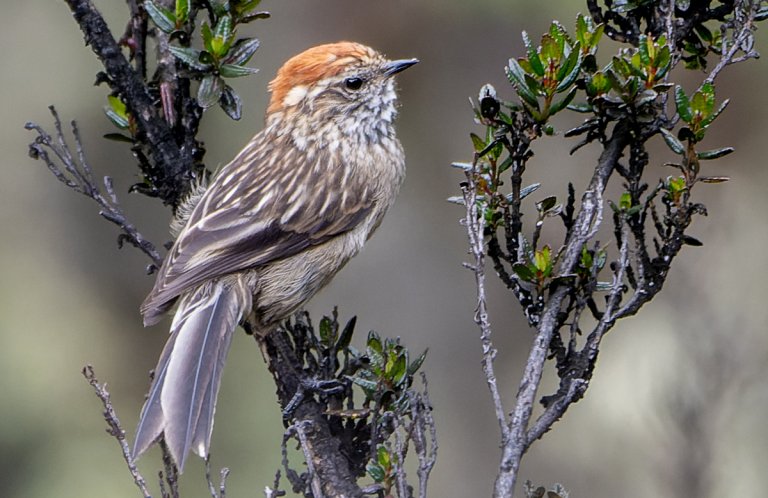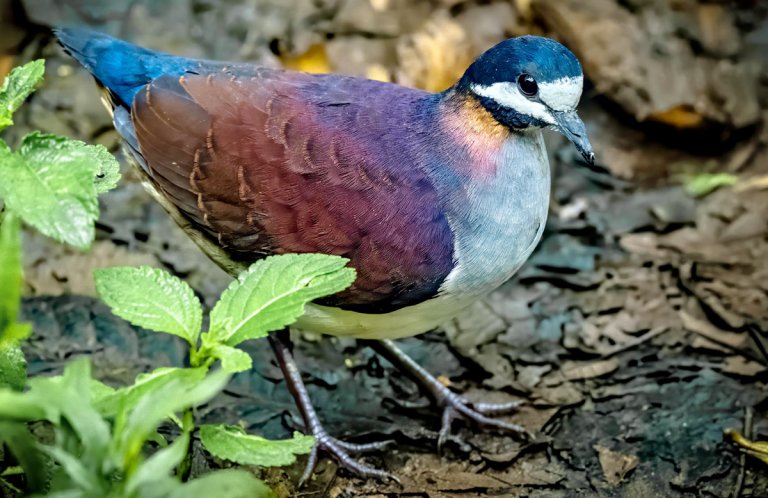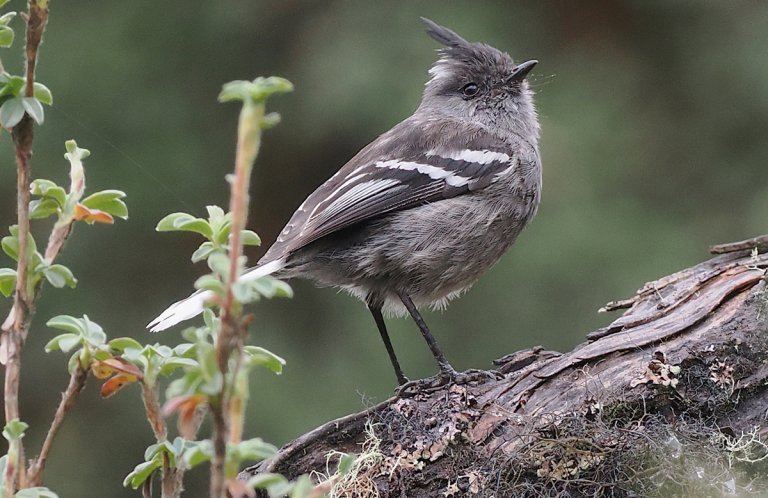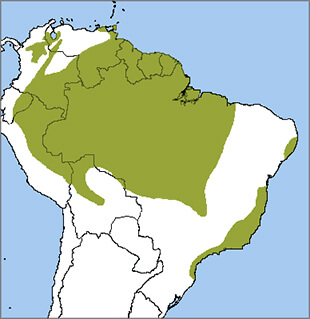
Channel-billed Toucan range
Many indigenous peoples once revered toucans as conduits between the living and the spirit worlds, and the colorful Channel-billed Toucan, like the Blue-throated Macaw, was often trapped for its feathers and body parts, which were used in traditional medicine and decoration.
This variable species, found in lowland forests from Trinidad south through the Amazon Basin into Bolivia, occurs in four distinctive forms so different that they were once considered separate species. However different these subspecies may appear, all Channel-billed Toucans have a longitudinal groove or "channel" along their upper bill. Although this feature's function is still unclear, the Channel-billed Toucan's large, colorful bill still rates a closer look.
Toucan Tools
The Channel-billed Toucan's huge bill – up to 5.5 inches long – gives it (and other large toucan species) the biggest beak-to-body ratio of any bird in the world. Despite its size, a toucan's bill is lightweight yet strong, allowing the bird to retain its ability to fly.
Infrared thermography studies have shown that a toucan's large bill — which makes up 30 to 50 percent of its surface area — also functions as an effective thermostat. A toucan can control the amount of blood flow to its bill to increase or decrease the amount of heat it loses – a "thermal window" that rivals an elephant's ears in temperature-regulating efficiency.
Feeding in the Forest
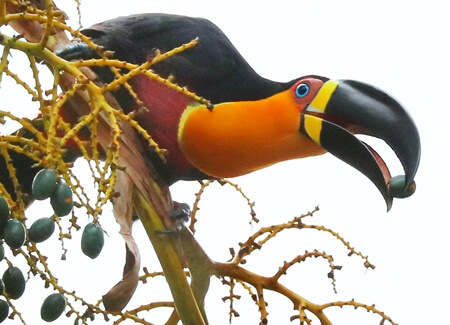
Channel-billed Toucan, Alfred Yan
Toucans have short wings, so don't fly far to locate food; they prefer to forage through the forest canopy by hopping from branch to branch, then making short, flap-and-glide flights to the next trees. These birds use their long bills like tongs or chopsticks to snip ripe fruit from the ends of thin branches where other animals cannot reach. Once they have a morsel, they toss it into the air, then catch and swallow it whole. A toucan's long reach allows it to plunder tree cavities and nests in search of other birds' eggs and chicks, and they will eat insects, frogs, and small reptiles as well.
Since toucans swallow fruit whole, they are important seed dispersers in the rainforest, like other fruit-eating birds such as Oilbird, Banded Cotinga, and Bearded Bellbird.
Croaking Call
Channel-billed Toucans don't sing, but give a high-pitched, croaking cree-op cree-op cree-op call. Adults court by noisily croaking together, preening each other's feathers (allopreening), and tossing fruits to each other. Males within a group of toucans may chase each other or grapple with their bills to establish dominance.
Like the Saffron Toucanet and Thick-billed Parrot, Channel-billed Toucans nest in naturally occurring tree cavities or large woodpecker holes, where both male and female cooperate to raise their young. The small family often remains together after the young fledge; they may also form small flocks of three to 12 birds, which may join with other toucan species while feeding.
Sign up for ABC's Bird of the Week emails to meet a new bird each week.
Channel-billed Conservation
The primary threat to the Channel-billed Toucan is accelerating habitat loss throughout the Amazon Basin – the same threat faced by the Harpy Eagle, Crested Owl, and countless other species. This toucan is also trapped for the pet trade and hunted for food. The International Union for Conservation of Nature (IUCN) estimates that the Channel-billed Toucan population has declined by over 30 percent since 2002, and classifies it as Vulnerable.
ABC currently works with partners in four South American countries to preserve the lowland forest habitats used by the Channel-billed Toucan and many other resident and migratory birds.
Visitors to ABC's Reserve Network can spot the Channel-billed Toucan in Brazil at the Stresemann's Bristlefront Reserve; in Colombia at the Cerulean Warbler Reserve; and in various reserves in Ecuador and Peru. For more information about visiting these and other reserves, visit Conservation Birding.
Donate to support ABC's conservation mission!






































